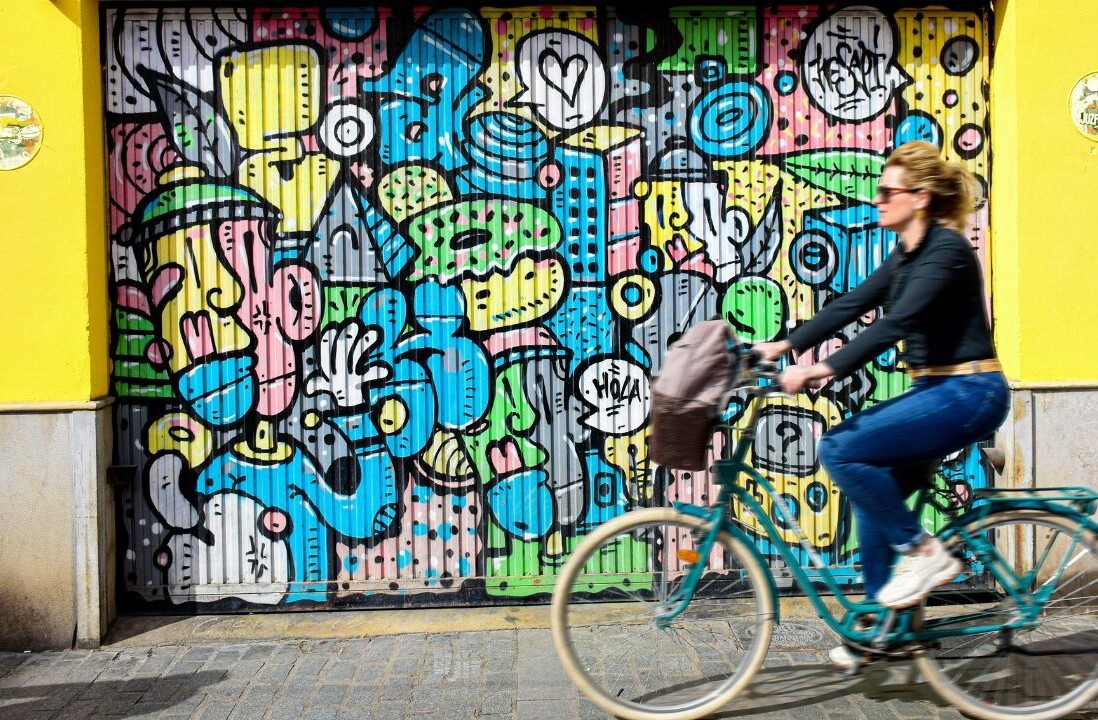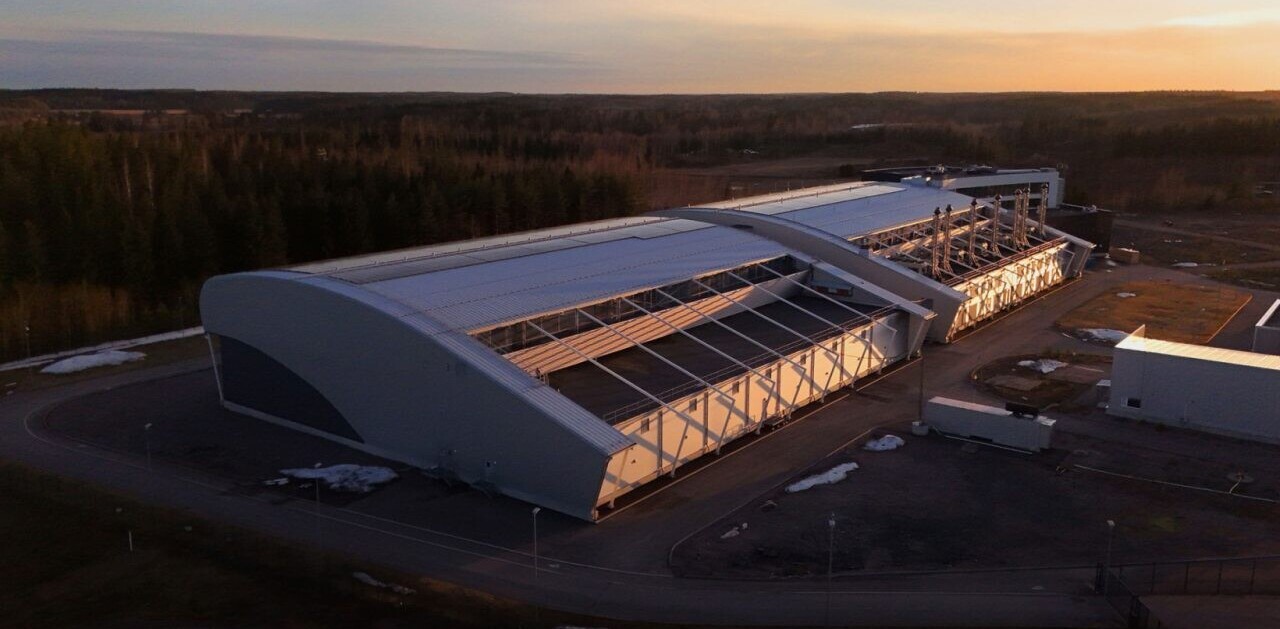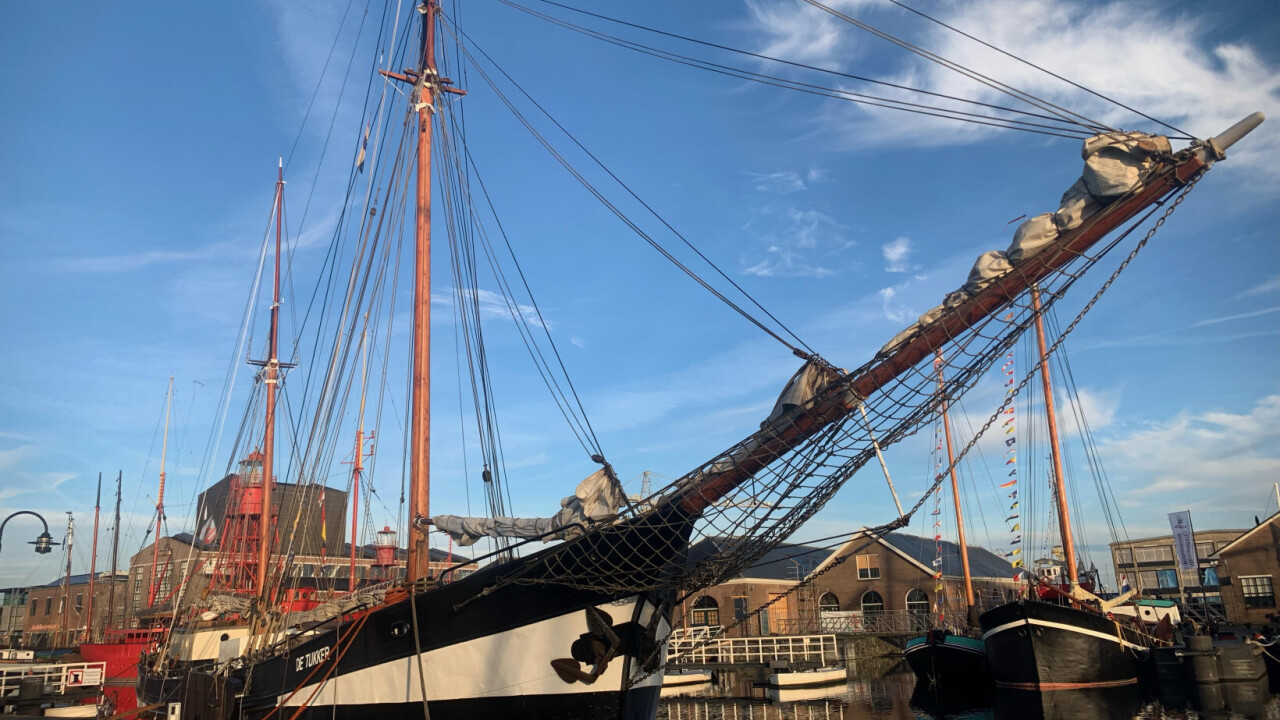
It’s as if I am chatting to a merchant on a European dockside more than a century ago when I ask Jorne Langelaan, founder and CEO of Dutch shipping startup EcoClipper, how his vessel’s maiden voyage is going.
“In the beginning the winds were really favourable,” he says of the progress made by the 1912-built De Tukker, which recently embarked on a regular sailing schedule taking it to ports around Europe. Chocolate, olive oil and wine are among its first items of cargo.
On the way from The Netherlands to Portugal, like many thousands of mariners in centuries gone by, De Tukker’s crew had to sail close to Atlantic winds in order to progress south past the west coast of France.
“Otherwise,” says Langelaan, “You can easily be pulled into the Bay of Biscay with the currents there and the prevailing winds.” EcoClipper, which has five employees on shore and five crew members, has raised around €1 million in funding to date, half of which consists of loans.
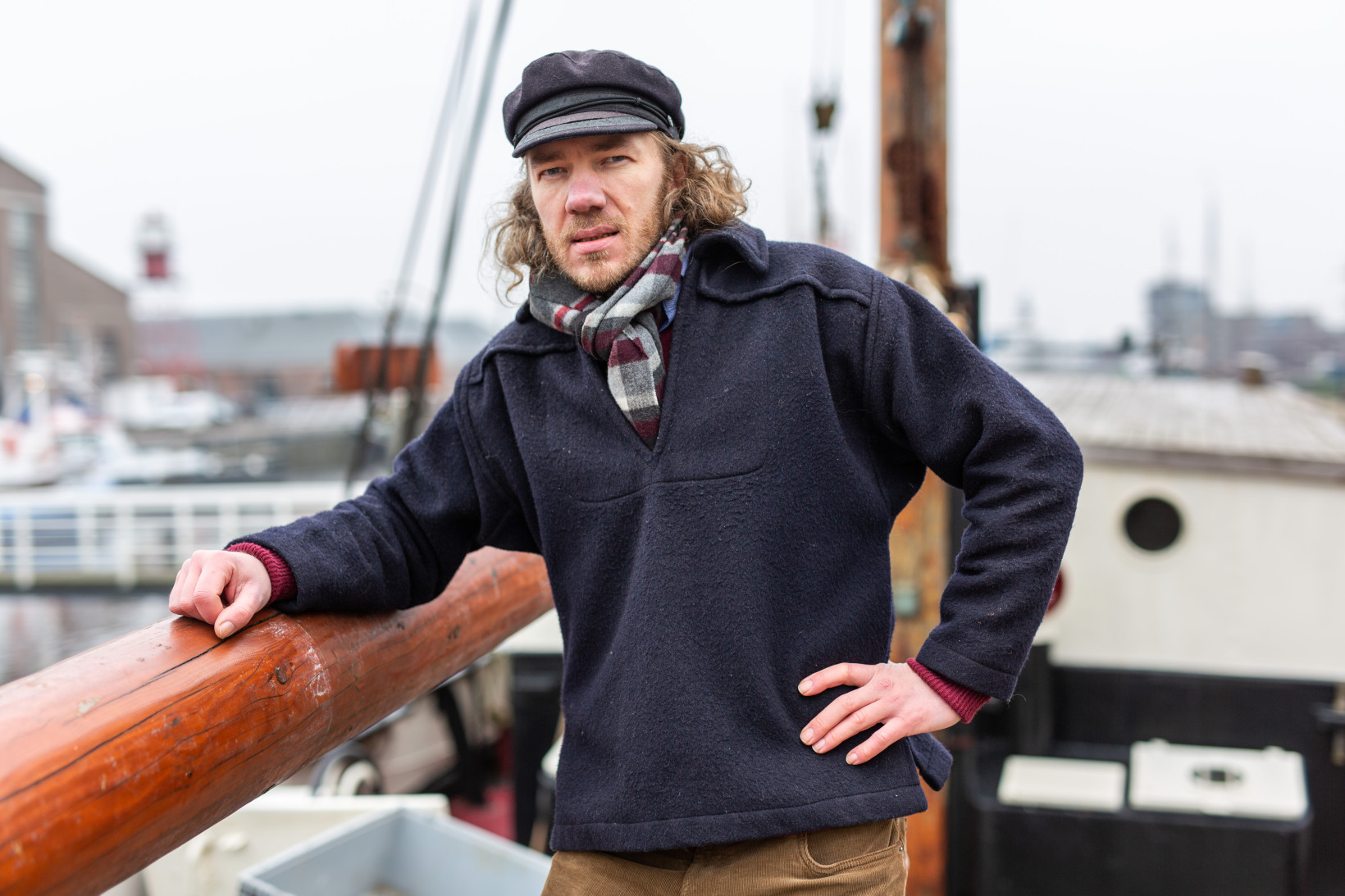
Decarbonisation ahoy
Does the future of shipping look confusingly like its past? Maybe. The industry certainly faces a huge challenge in going green. Globally, shipping accounts for 3% of greenhouse gas emissions – but that is more than it sounds because it is very difficult to decarbonise shipping, since giant commercial vessels have long relied on highly polluting bunker fuel.
Up to 90% of goods are carried by ship and demand is rising, so the potential climate impact of shipping will only grow in the future unless cleaner fuels or zero emissions technologies emerge as suitable alternatives.
One hurdle is scale. De Tukker can carry a maximum cargo of about 80 tonnes – completely dwarfed by the 200,000 tonnes or more that the biggest container ships can shift. But Langelaan says he has received interest from companies keen to slash their carbon footprint and avail of zero emissions transportation. Multiple construction firms, for instance, have been in touch recently, he notes, since some are under pressure to reduce emissions.
Langelaan points out that De Tukker is not just a zero emissions vessel, she is also extremely quiet, meaning there is practically no risk of noise pollution, which is known to negatively affect marine life. The ship actually has an engine but her crew barely use it. She sails at roughly half the speed typically reached by modern large commercial ships.
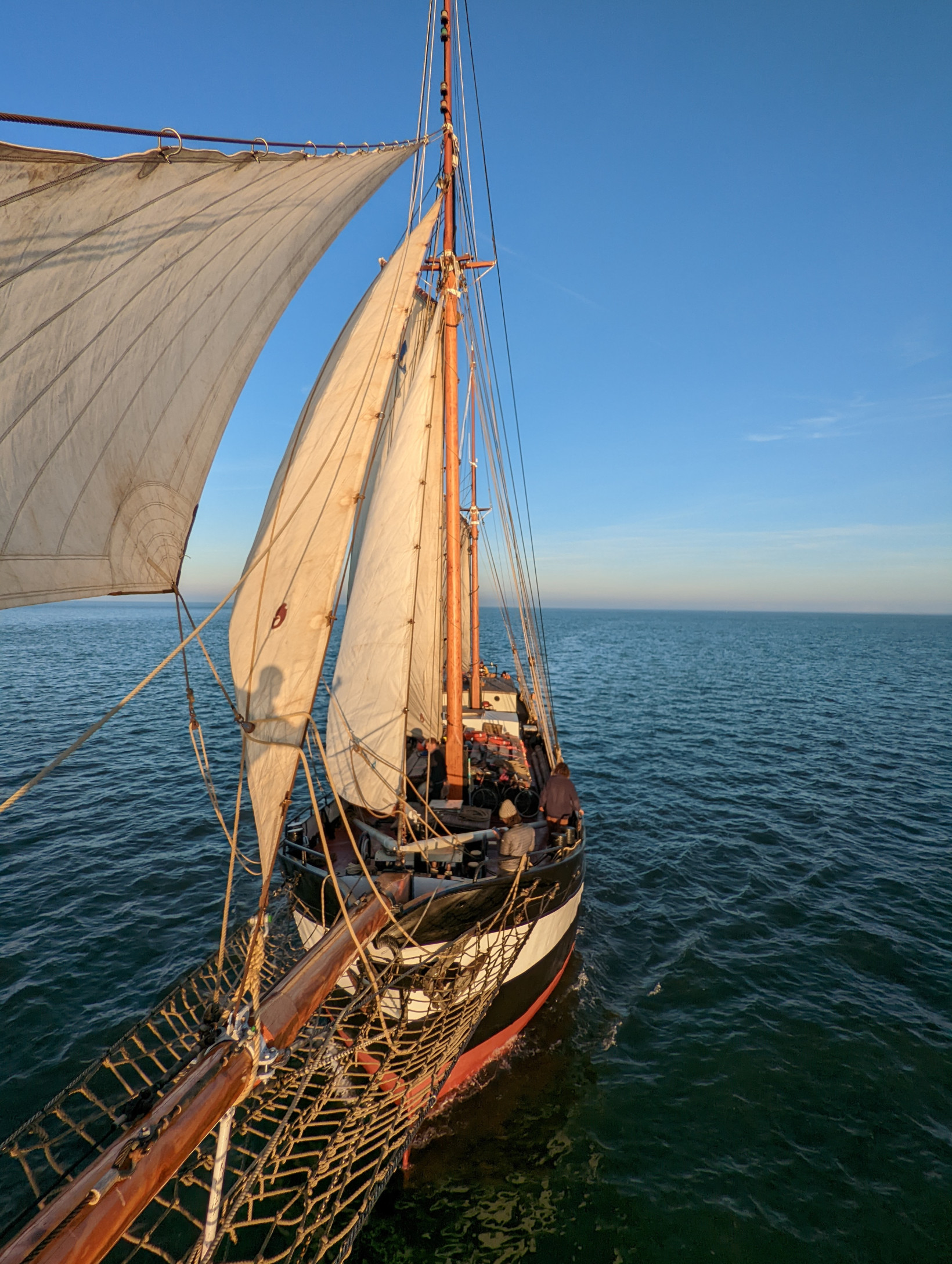
In the coming years, Langelaan and his colleagues hope to deploy a whole fleet of newly constructed sailing ships based on a design that takes inspiration from classic Dutch cargo vessels. Clipper ships – among them the famed Cutty Sark – were fine-tuned over many years of maritime development, points out Langelaan.
“We don’t really have the resources to do a lot of research and development so we just took what works and are using it,” he explains, referring to the EcoClipper prototype500 ship concept, which would have a cargo capacity of 500 tonnes.
Langelaan already has a Dutch shipyard in mind that he says could build the first of these new vessels but he adds the project requires investment. Should it come, he envisages launching a newly built clipper-style ship as early as 2026.
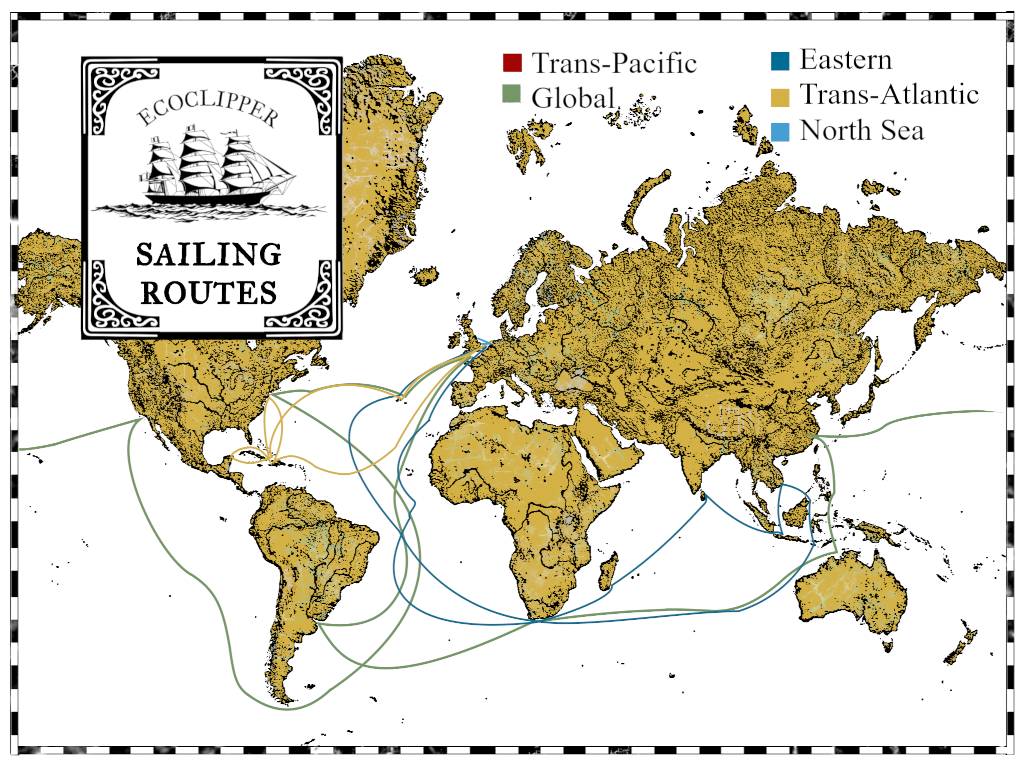
Sails are back
For Joe Banks, a lecturer in ship science and maritime engineering at the University of Southampton, EcoClipper’s approach is certainly an impassioned one. “Those historic ships were beautiful and there is a nostalgia, a romanticism,” he says.
However, it’s the giant existing fleet of huge commercial ships that deserve the greatest focus, he argues. Shipping companies can reduce their climate impact by adding miniature sails or kites to their vessels, allowing them to utilise the wind. Automation can also help to make them as efficient as possible, he adds.
“My instinct would be that we’re going to have a bigger impact by looking at retrofitting existing ships with modern automated systems,” says Banks.
He and his colleagues at the University of Southampton are due to embark on a project to test the effect of adding a 20m-high retractable sail to a cargo ship called the Pacific Grebe, which has been used for many years to transport nuclear waste.
EcoClipper could still serve an important function in highlighting the virtues of shipping cargo under sail, however, argues Banks: “There is […] a value there of raising awareness and showing the benefits of that.”
Langelaan makes another point – one way to reduce emissions is simply to ship less and reduce the impact of humanity on the planet overall. “I shouldn’t really be saying this as a ship owner myself,” he quips.
For now, De Tukker has the wind in her sails and a busy schedule to keep. Langelaan lists the various places where she will call in the coming weeks, including the UK, France, and back to the Netherlands. From tall ship festivals to heaving construction materials around.
“Then it starts again,” he says, again with the air of a hardy old mariner. “The ship will be sailing constantly.”
Get the TNW newsletter
Get the most important tech news in your inbox each week.



